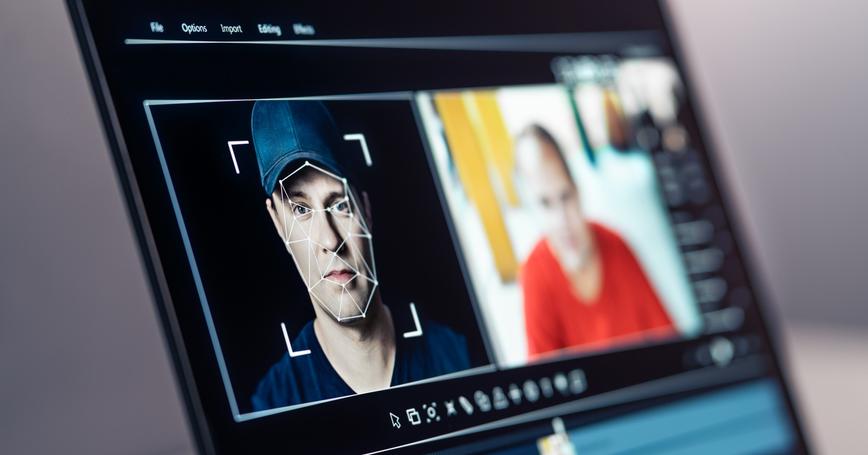By: Syeda Ghazia Shah
In this digital era, technology evolves day by day, one of the most notable ones is the rise of deep fakes, which has become a major concern in recent years. Deep fakes are the manipulation of facial appearance and vocal manipulation through deep generative methods. Deep fakes have become a significant threat to media literacy, driven by artificial intelligence or you would say AI, this technology can convincingly alter digital content, making it challenging to distinguish between truth and manipulation. The things that were previously seen as entertaining, fun and creative, but nowadays deep fakes have become potentially harmful as they erode trust in digital media content.
Deep fakes involve using AI to overlay faces and voices on existing footage, create realistic but fake content as well as alter the reality of the content provided to it. This blurs the line between reality and manipulation, causing people to question the authenticity of what they see, hear or read on digital media. This distrust hinders media literacy in several ways. Nowadays media literacy relies on critical thinking, but deep fake adds complexity to it making it harder for users to trust what they see and what they listen to as well. This necessitates improved critical thinking skills to assess content authenticity to the consumers of that content.
Deep fakes can be used to spread misinformation, disinformation, fake news, propaganda and deep fakes making it difficult for the public and consumers to distinguish between what is real, what is fake and which information is authentic and which isn’t authentic. This intentional distribution of incorrect information harms public understanding of news. Individuals such as public figures, celebrities, and social media influencers and organisations can suffer reputational harm from content that is generated through Artificial intelligence. This emphasises the need for increased awareness and education of media literacy to the general public.
As the technology of deep fakes is advancing day by day, traditional means of content verification have become obsolete. Users or consumers are facing difficulties in detecting modified content online, this is affecting their confidence in navigation of the digital realm. Deep fakes in political scenarios can alter public opinion in many different dimensions, deep fakes can disrupt elections as well, and deep fakes can also damage political narratives and election campaigns. Deep fakes undermine democratic processes by creating fictional content about the personal lives of politicians, as well as politicians use it to create fake propaganda for their own will, deep fakes can damage politician’s personal life, so the personal lives of public figures and politicians are at stake all the time.
Media literacy awareness and education are essential to address these challenges and the public needs knowledge, skills and education to identify deep fake content on different digital platforms. As we all know today’s world is a global village. So, collaboration among technology developers, educators, politicians, and citizens is crucial to lessen the impact of deep fakes. In the battle against deep fakes, technology specialists and authorities are developing algorithms to detect these fake videos and audio. Media literacy education must focus on deep fake awareness, providing people with the skills and education to spot manipulations in the digital environment. Authorities from different parts of the world and many technology companies are finding ways to manage, identify and control deep fakes, striking a balance between free expression and preventing exploitation. A global collaborative effort is needed to develop inclusive programs that uphold the credibility of digital media. Addressing the potential threat of deep fake technology requires informed individuals who adopt a critical stance, support technological advancements, and engage in educational efforts.
The writer is a student of Media studies. She can be reached at ghaziashah633@gmail.com

